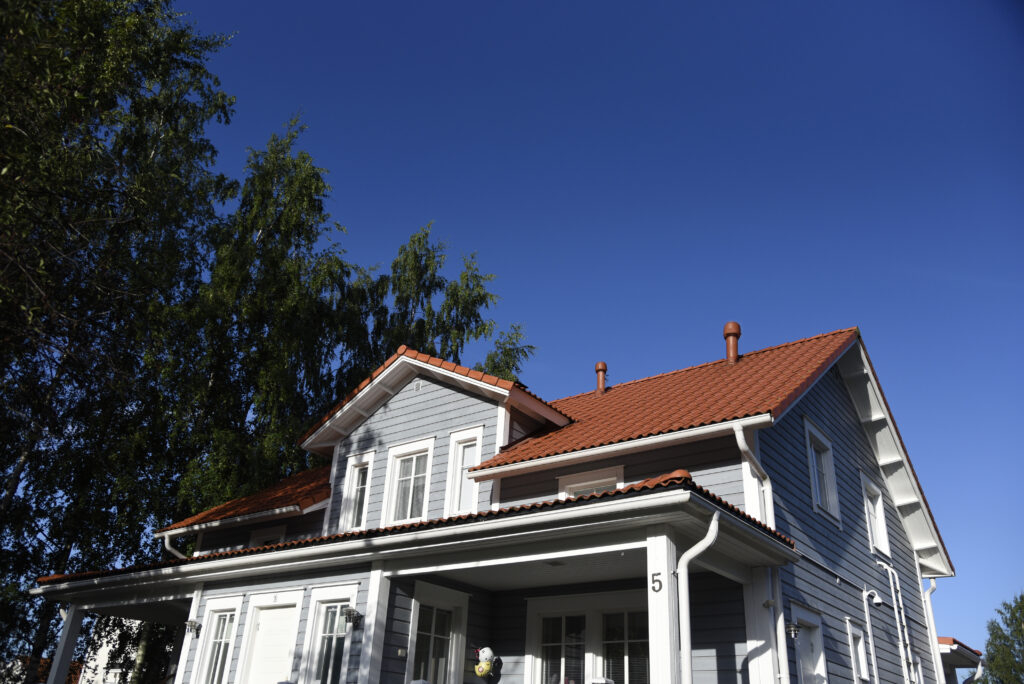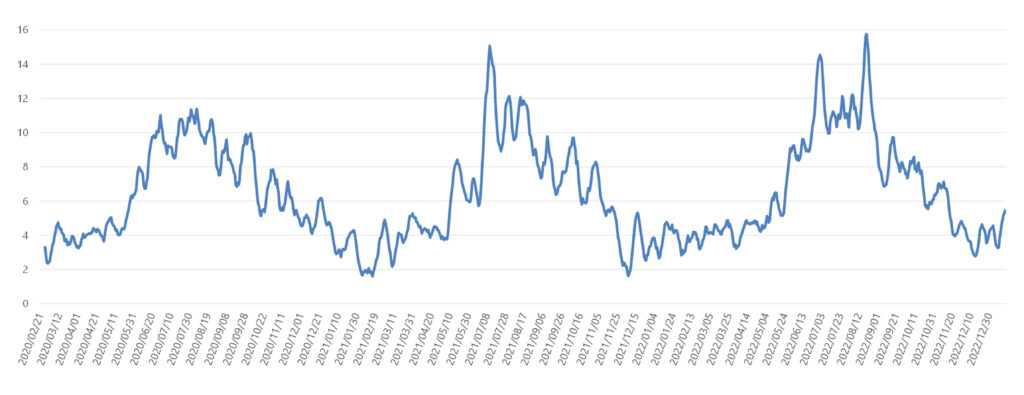VILPE Sense revealed a hidden problem in a crawl space

The VILPE Sense system was installed in the crawl space of VILPE Technical Director Timo Anttila’s detached house in Korsholm in February 2020. The system is connected to a roof fan which ventilates the underfloor space as required.
Anttila’s house, built in 2007, was fitted a vented crawl space to ensure that the subfloor structures remained in good condition. The Sense system, in turn, assures Anttila of the condition of the structures. The system automatically alerts the user if moisture levels rise too high.
“In the old days, the ventilation hatches in the crawl space were closed for the winter. Nowadays the user, the occupant, may not be aware of the need for this, so ventilation should be automated. The same applies to heating,” Anttila says.
Excessive humidity warning
The Sense system uses two sensors to measure temperature and relative humidity, one for the outside air and one for the underfloor structures. The sensor data from the site has provided interesting information on, for example, the variation in weather conditions over the years.
In 2020, the summer was much drier than in 2021 and 2022. The graph below shows that the latter two summers have seen higher absolute humidity levels in the outdoor air. This has also had an impact on the ventilation of the house’s crawl space.

The data showed that during 2021-22, the crawl space was in fact over-ventilated, allowing moisture from the outside air to seep into the structures. No changes were made to the Sense settings, but the ventilation openings in the crawl space were reduced. After this, monitoring has continued to check that moisture is being extracted from the underfloor structures.
The system is therefore working as it should: it has alerted the user in good time to excessive moisture levels in the underfloor. This allows for the issue to be corrected before major damage can occur.
Read more: vilpe.com/sense
